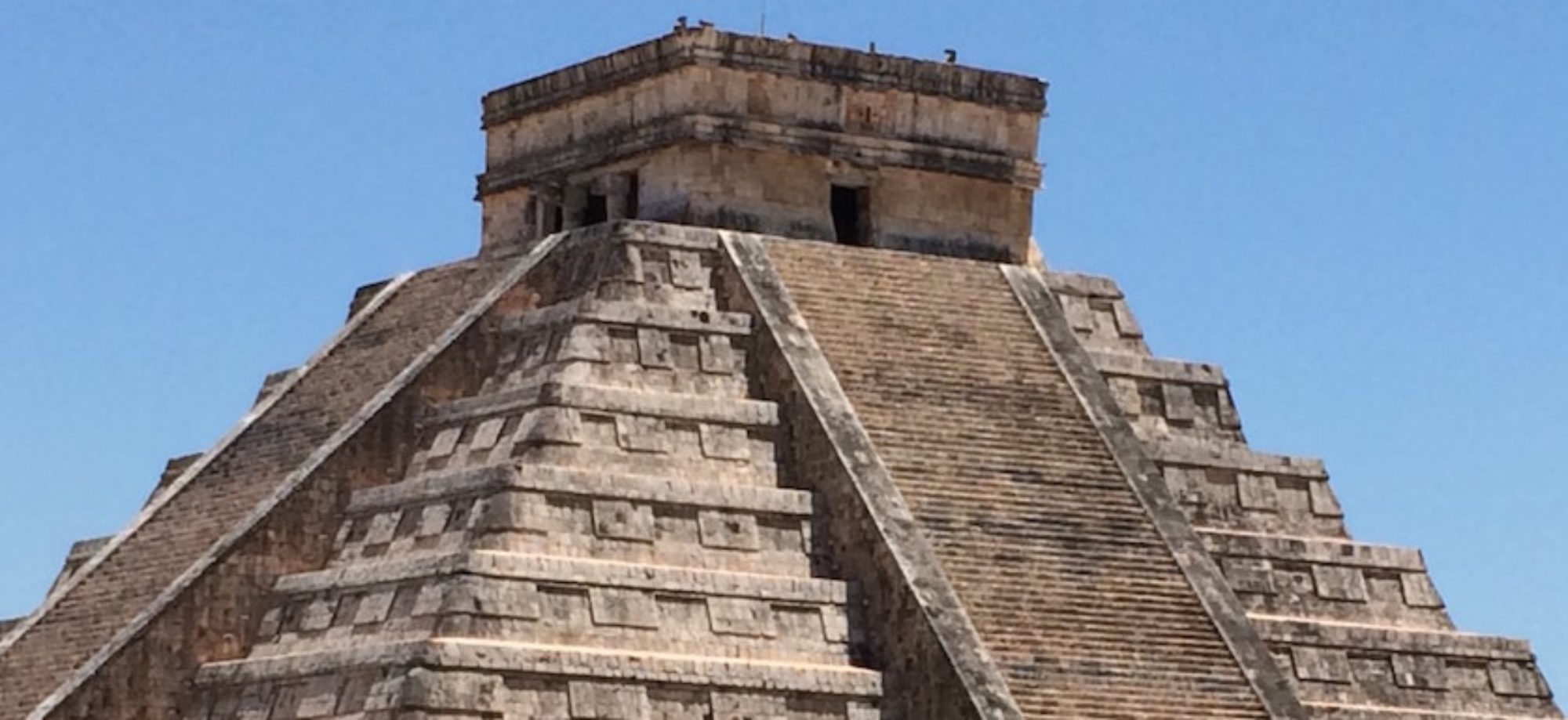November 14, 2020 Prof. Ken Seligson gave a talk entitled “Burning Rings of Fire: Ancient Maya Resource Conservation Strategies.”
The Ancient Maya used burnt lime for everything. From the mortar that held their elaborate temple pyramids together to the processing of corn into a nutritious staple food, burnt lime was literally the glue that held the Maya world together. Yet until recently, archaeologists did not know how the Classic Maya made their burnt lime. The amount of wood used in traditional above ground kilns during the Colonial Period and more recently raised the possibility that burnt lime production may have led to rampant deforestation during the Classic Period. In this lecture, Dr. Seligson discussed the many archaeological methods used to identify a fuel-efficient Pre-Colonial pit-kiln technology in the Northern Lowlands. This finding questions the common idea that Classic Maya might have overexploited their resources and degraded their environment.
Dr. Ken Seligson is an Assistant Professor of Anthropology at California State University, Dominguez Hills. He is an anthropological archaeologist focusing on the evolution of human-environment relationships in the northern Maya lowlands. Dr. Seligson received a BA in History and Anthropology from Brown University and earned his MA and PhD in Anthropology from the University of Wisconsin-Madison. He has published articles in Latin American Antiquity, the Journal of Anthropological Archaeology, and Ancient Mesoamerica, among other journals. He is currently working on a book about Classic Maya Socio-Ecological Practices for Oxford University Press. As a member of the Bolonchen Regional Archaeological Project (BRAP), Dr. Seligson’s recent research has focused specifically on changes to resource management strategies in the hilly Puuc region of the Yucatan Peninsula during the Terminal Classic Period. It is some of the findings from this recent research that he shared.

